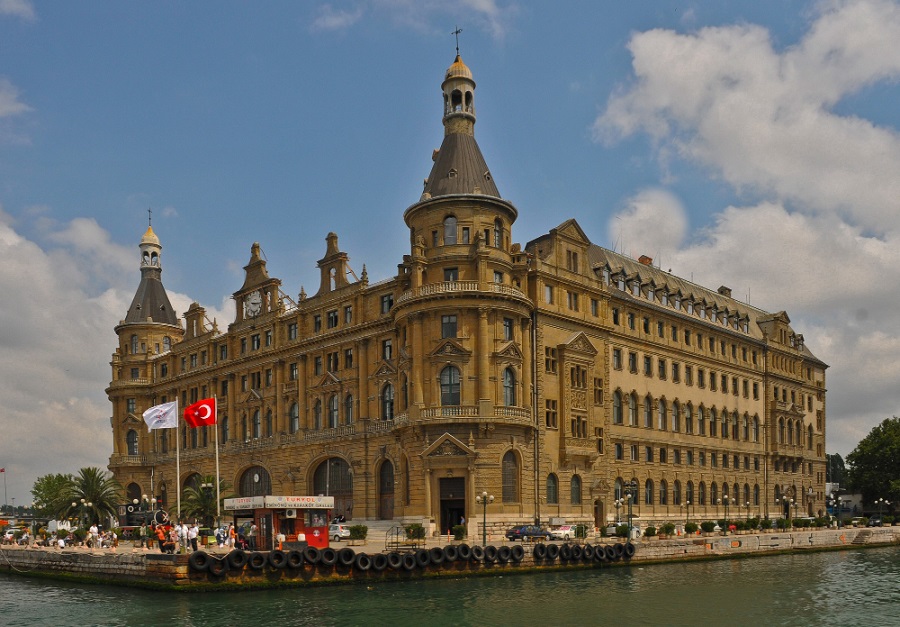
The Hague System for Industrial Design Protection
The Hague System, administered by the World Intellectual Property Organization (WIPO), is an essential tool for businesses seeking to protect their industrial designs internationally. At CNR Intellects, we specialize in providing comprehensive trademark services in Delhi NCR and guiding clients in protecting their valuable intellectual property, including industrial designs. In this article, we will explain the role of the Hague System in industrial design protection, outline the qualifications for using the system, and provide real-life examples to illustrate its practical benefits.

Role of the Hague System in Industrial Design Protection
The Hague System is an international registration system that allows businesses and designers to protect their industrial designs in multiple countries through a single application. By streamlining the registration process and reducing administrative costs, the Hague System simplifies and encourages the protection of industrial designs worldwide.
Key features of the Hague System include:
- Centralized Application Process: Applicants can file a single international application in English, French, or Spanish, designating multiple countries where they seek design protection.
- Cost-Effective Solution: The Hague System reduces the need to file separate applications in each country, saving applicants time and money.
- Flexibility: Applicants can file up to 100 different designs in a single application, provided they belong to the same class under the Locarno Classification.
- Long-term Protection: Industrial designs registered under the Hague System enjoy protection for an initial period of five years, with the possibility of renewal for up to two additional five-year terms.
Qualifications for Using the Hague System
To use the Hague System, an applicant must meet one of the following qualifications:
- Nationality: The applicant must be a national of a country that is a member of the Hague Agreement or the Geneva Act of the Hague Agreement.
- Domicile: The applicant must have a domicile in a member country.
- Establishment: The applicant must have an industrial or commercial establishment in a member country.
- Real and Effective Commercial or Industrial Activity: The applicant must be engaged in real and effective commercial or industrial activity in a member country.
Real-Life Examples of Hague System Benefits
Example 1: A furniture designer based in Delhi, India, wants to protect their unique chair design in several European countries. By using the Hague System, the designer can file a single international application with WIPO, designating the desired countries for design protection. This simplifies the registration process and reduces the associated costs compared to filing individual applications in each country.
Example 2: A fashion brand based in the United States has created a new line of handbags featuring an innovative design. The brand wants to protect its design in multiple countries, including India, Japan, and South Korea. Using the Hague System, the brand can file a single international application, designating the target countries and saving time and resources.
Conclusion:
Understanding the role of the Hague System in industrial design protection and the qualifications for using it is vital for businesses seeking to safeguard their innovative designs in the global market. CNR Intellects, with its exceptional trademark services in Delhi NCR, can help you navigate the complexities of international industrial design registration and secure your intellectual property rights. Our team of experts is committed to protecting your designs, fostering innovation, and supporting your business’s growth and success.
Leave a Replay
Recent Posts
Categories
- Case Study (3)
- Copyright (2)
- Court Cases (2)
- Design (4)
- FSSAI (1)
- Intellectual Property (14)
- Legal (3)
- MSME (1)
- News (1)
- Patent (7)
- Trademark (2)
- Trademark Class (49)
- Uncategorized (1)


